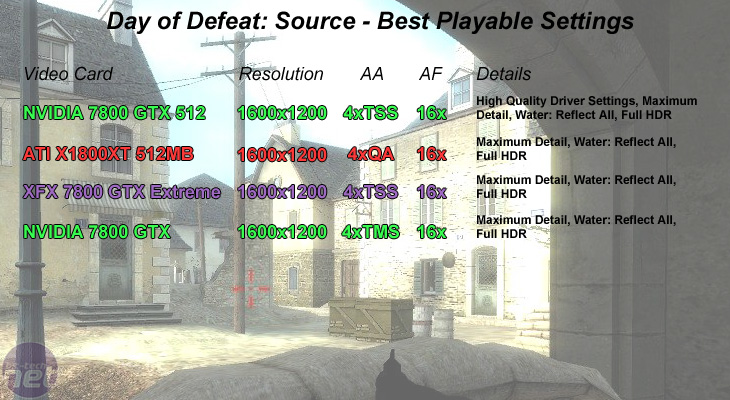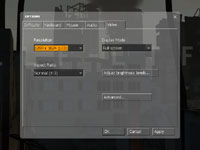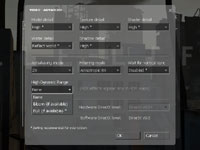
Day of Defeat: Source
Publisher: ValveWe used the popular remake of the World War II online multiplayer, Day of Defeat: Source, which uses Valve's implementation of high-dynamic range rendering. We did three five minute portions of real world game play on the dod_anzio map. We connected to three different public servers each with a ping of less than 30ms and 16-20 players in the game when we were recording the frame rates.
Anti-Aliasing and Anisotropic Filtering were controlled from inside the game, and thus the drivers were left set to "Application Controlled". There are three options for the method of HDR used in this title. You can either disable HDR completely, make use of "Bloom" which is just what it says and less resource hungry in comparison to "Full" which, again is just what it says. It utilises a full dynamic range with the iris effect too.
We have written quite a bit about Half-Life 2: Lost Coast, Day of Defeat: Source and how Valve have implemented HDR in to the Source Engine. You can check out the articles listed below for more information on The Lost Coast & Day of Defeat: Source.
- Half-Life 2: Lost Coast HDR overview
- Half-Life 2: Lost Coast hands on
- Half-Life 2: Lost Coast Benchmarks & Video
- Day of Defeat: Source
Below is a table of the best-playable settings that we found best for each video card configuration. We found that 28 to 30 frames per second is the required minimum, and a target of 50 frames per second (or higher) is the average frame rate in our manual run throughs on these high end video cards.

At those speeds, there was still room for adding more detail in without the game becoming choppy, so we changed the driver settings to 'High Quality' to remove the chance of any unwanted shimmering taking place. We haven't seen shimmering take place in Day of Defeat: Source, but the frame rates were so high that it felt that there was some unwanted power that needed to be used.
Even with high quality driver settings, we experienced a gaming experience that could not be matched by either ATI's Radeon X1800XT 512MB or the XFX GeForce 7800 GTX Extreme Gamer Edition, nevermind the reference GeForce 7800 GTX. The average frame rate was well above 60 frames per second, while the minimum was a very healthy 35 frames per second. The majority of the frames were rendered above 45 frames per second, too.

MSI MPG Velox 100R Chassis Review
October 14 2021 | 15:04







Want to comment? Please log in.